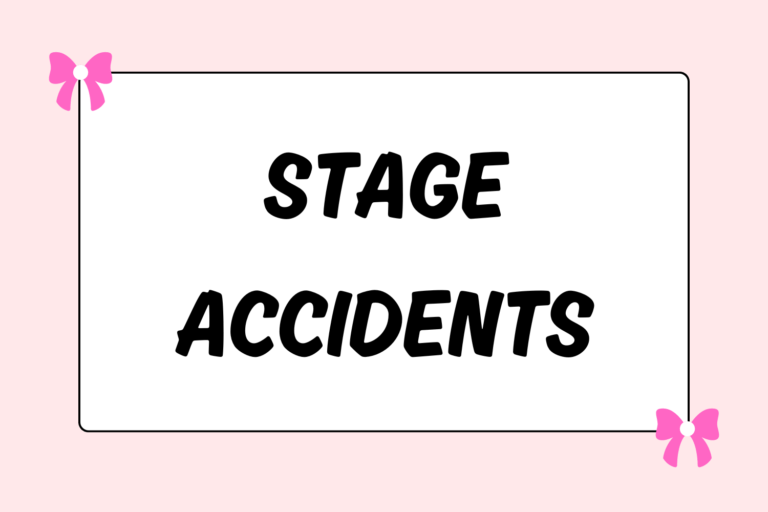They’re the darlings of the ballet world. These beautiful, soft leaps through the air accent the dancer’s grace and athleticism as they extend their legs and land softly like a whisper of tulle on the stage. They are grand jeté, one of the most often used and well-loved movements in ballet.
Grand jetés are beloved for a good reason. They are fun to perform but also a highly effective choreographic tool, with the ability to portray everything from soft sensibility to fired-up spunk.
If you have yet to master the art of the grand jetés, don’t worry! Here are some tips to help you pick up your jumps and make them as elegant and dynamic as any virtuosa.
Brush Through
The fundamental difference between a grand jeté and a saut de chat (or grand pas de chat, as it is sometimes called) is the preparation: The grand jetés use a brushed take-off; the saut de chat’s require a developé. The jumps are virtually the same once the dancer has taken off and extended both legs.
To begin your grand jeté, brush the leading leg through the first position, lifting it straight up to a ninety-degree angle. Then, push off with the second leg to increase the height of your jump.
Push Your Hips Forward
Once you’ve lifted your leading leg and initiated the jump, thrust your hips forward toward your leading leg to travel and get height. Keep your hips as square as possible and drive them forward using your turnout muscles to push in the direction you want to move.
Don’t let the leading leg detach and fly forward without taking the rest of you with it! If you fall behind, your jump will lose power, and your weight will be too far back on your second leg to have a solid landing.
Remember the Arc
One reason a grand jeté looks so graceful is the path of the jump itself: The dancer’s ascent and descent take the shape of an arc, similar to that of a cat when it jumps.
To create this arc, imagine that you’re doing your grand jeté over a bench or giant beach ball (instead of trying to go from down to up and then down again). Don’t just jump high enough to avoid it. You also have to jump over it, making that arc-shaped trajectory in the process. The legs should extend at the peak of the arc. First, the leading leg goes up. Then, both legs reach a full extension before the back leg is raised.
This concept is easy to practice. Try performing small grand jetés at home, placing a tiny object underneath you and jumping over—not just above—it. Focus on the arc you make, going up and over, not up and down.
Hot Tip: Cat Powers
If you’re not sure how to visualize the path of a jump, try watching a cat. Though their spines are much more flexible than those of humans, their jumps always take the shape of an ar. And they always manage to land gracefully! Try to mimic their sleek, silky movement every time you do a grand jeté.
Look Up
Your gaze is an integral part of your jump, whether you realize it or not. Looking down or having a passive gaze can cause your jump to lose height and your landing to spill over (not to mention wreaking havoc on the expressions you’re trying to maintain on stage).
Direct your gaze slightly higher than the horizon at all times throughout the jump. This will ensure that you don’t drop your head and ruin your spinal alignment.
Turnout the Start
As soon as your leading foot through first to begin the jump, you must keep both legs turned out as much as you can. This will create great aesthetics at the peak of your jump, but more importantly, it will also ensure that you have a safe landing.
Jumping and trying to land on a turned-in leg isn’t just unattractive; it also presents a huge injury risk, as a turned-in foot is much more prone to roll or give out. Also, rolling through your foot when you land means rolling through a proper, turned-out demi-pointe. If you’re already turned-in, rotating the leading leg in midair will present an enormous challenge and make the beautiful look of the grand jeté appear awkward.
Hard Work, Easy Visual
Grand jetés are gorgeous, cat-like jumps that take every ounce of a ballerina’s strength in order to appear as gracefully effortless as they do. But work through these five tips, and you’ll be well on your way to floating and landing like a fairy!





